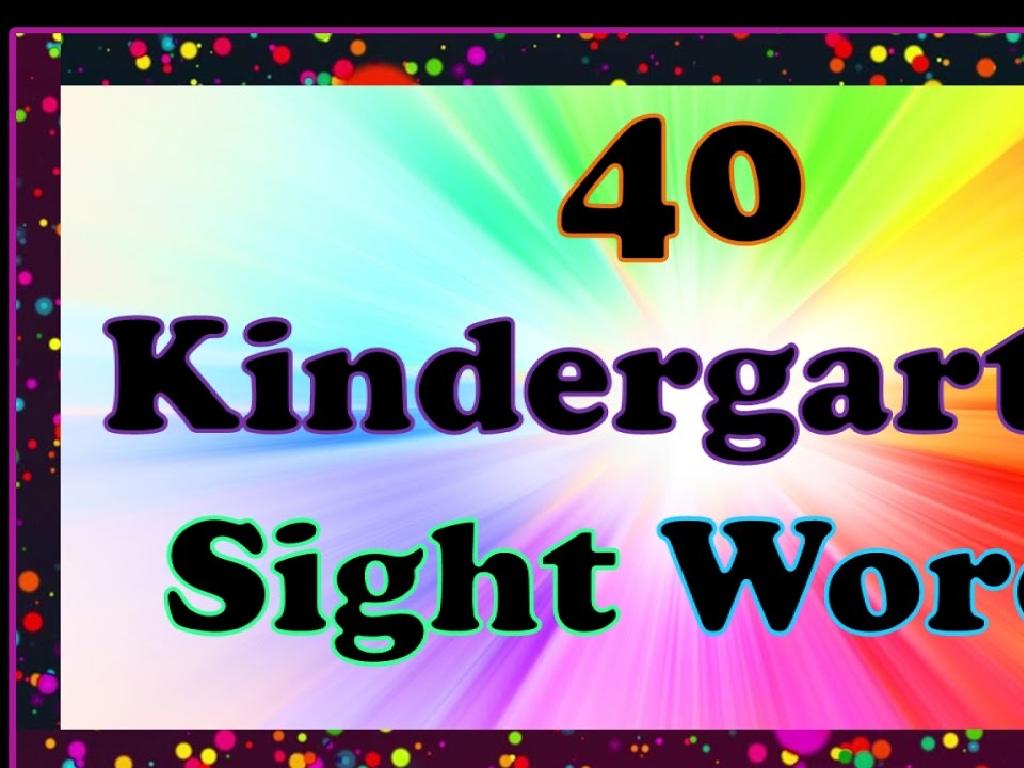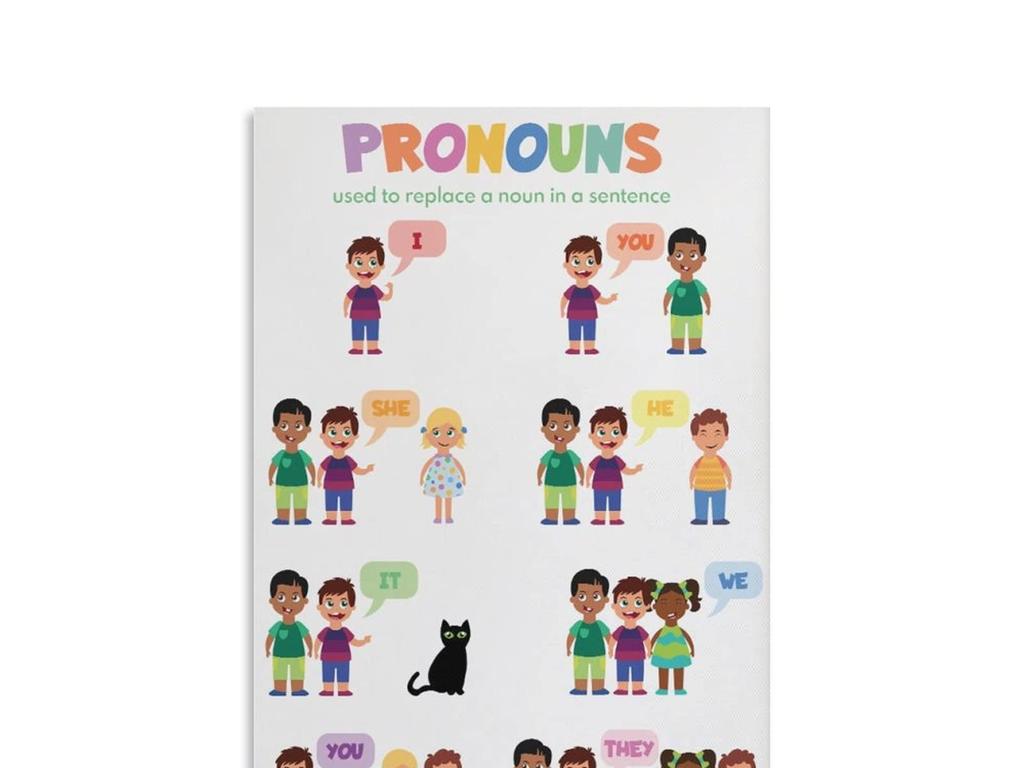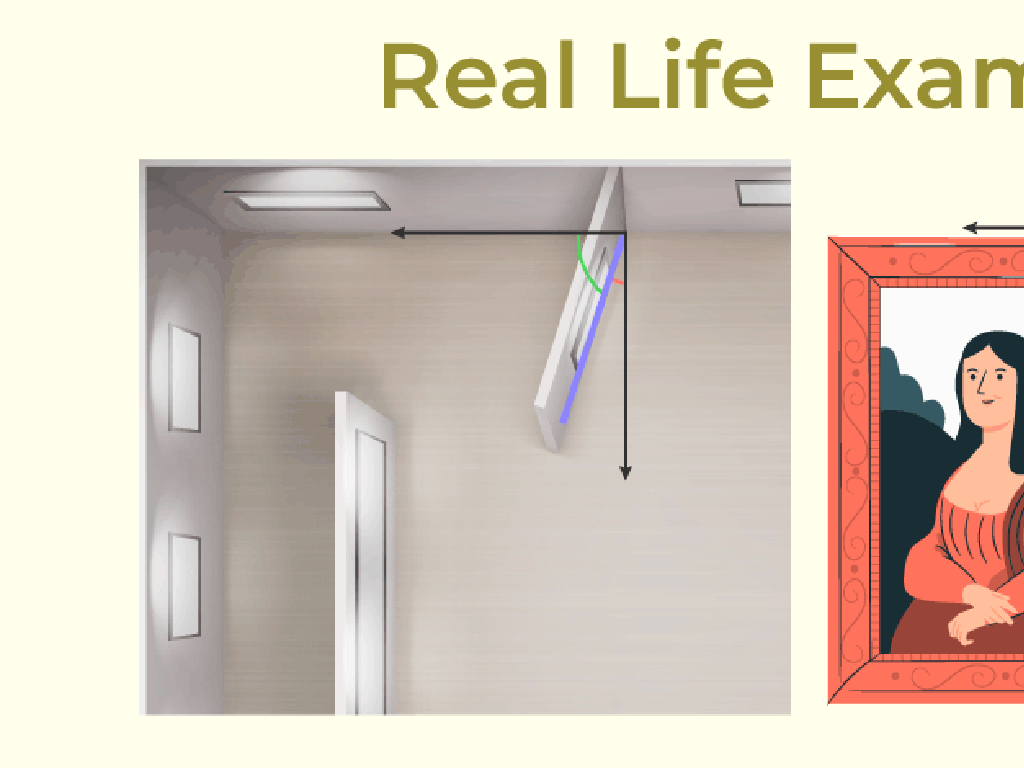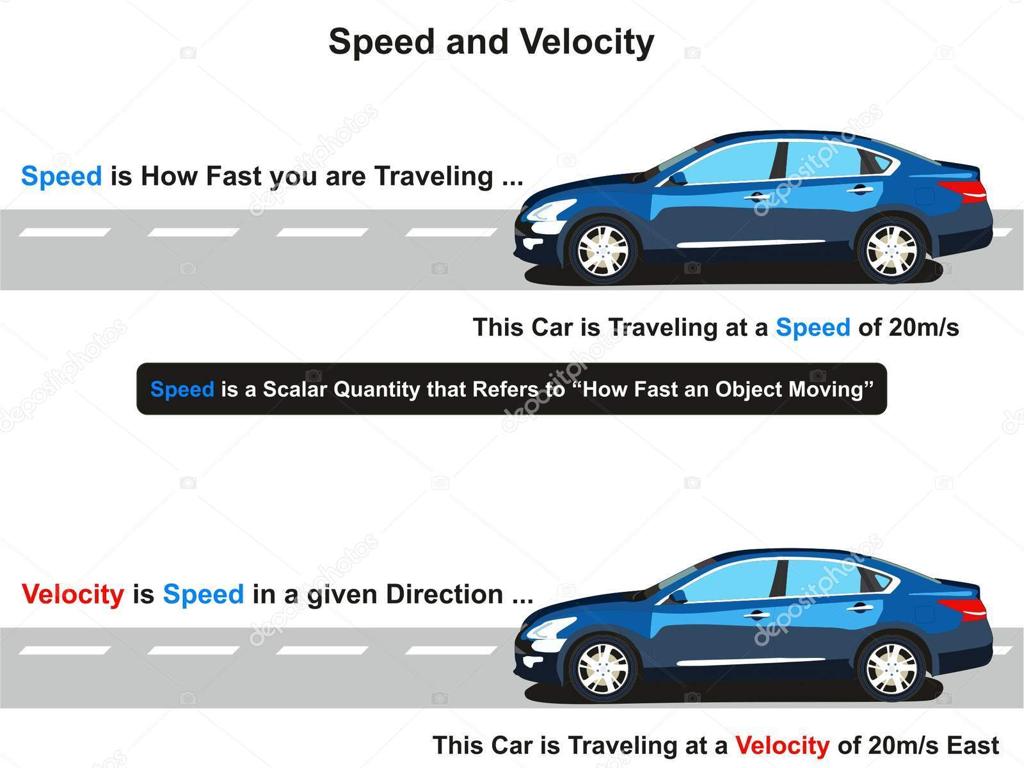Read A Table
Subject: Math
Grade: Fourth grade
Topic: Data And Graphs
Please LOG IN to download the presentation. Access is available to registered users only.
View More Content
Understanding Tables in Data and Graphs
– Learning to read tables
– Tables in math and daily life
– Tables organize data in rows and columns for easy understanding.
– Recognizing tables around us
– Have you seen a table on a sports scoreboard or a nutrition facts label?
– Engaging with tables
– We’ll practice with examples like timetables and menus.
|
This slide introduces the concept of reading tables, an essential skill in both mathematics and everyday life. Begin by explaining that tables are a systematic way of organizing data so it can be easily understood. Ask students to think about where they have seen tables used in real life to make the lesson relatable. Examples could include sports scoreboards, nutrition labels, class timetables, or restaurant menus. Encourage students to share their experiences with tables to create an interactive class environment. The goal is to show the practicality of tables and to prepare them for hands-on activities where they will practice reading and interpreting table data.
Understanding Tables in Math
– Define a data table
– A table arranges data in rows and columns.
– Tables for easy comparison
– They help us see differences and similarities quickly.
– Exploring table parts
– Titles, headings, rows, columns make up a table.
– Activity: Create your table
– Use a topic you like to make a simple table.
|
This slide introduces the concept of tables as a means of organizing data, which is a fundamental skill in understanding and interpreting information. Emphasize that tables are made up of rows and columns, and these help us to compare different sets of data efficiently. Discuss the different parts of a table, including the title, headings for rows and columns, and the body of the table where data is listed. For the activity, encourage students to choose a topic they are interested in, such as their favorite sports, books, or foods, and guide them to create a simple table with at least 3 columns and 4 rows. This will help them apply what they’ve learned about tables in a fun and engaging way.
Understanding the Parts of a Table
– Title: What the table is about
– Rows: Horizontal lines of info
– Rows run left to right, like sentences.
– Columns: Vertical lines of info
– Columns run up and down, like a list.
– Cells: Intersection of rows and columns
– Cells hold the data, like a box of info.
– Headers: Names at the top of columns
– Headers tell us what data is in the column.
|
This slide introduces students to the basic components of a table, which is a key skill in interpreting data. The title of a table provides a clear indication of what information the table will present. Rows and columns organize the data in a way that is easy to read and compare. Cells are the individual ‘boxes’ where the rows and columns intersect, containing specific pieces of data. Headers are essential for understanding what kind of data is presented in each column. To reinforce learning, have students draw a simple table and label its parts, or provide them with a sample table and ask them to identify the title, rows, columns, cells, and headers.
How to Read a Table
– Understand table headers
– Headers tell us what the data is about
– Follow rows and columns
– Rows run horizontally; columns run vertically
– Practice with an example
– We’ll look at a sample table together in class
– Find specific information
|
This slide introduces students to the concept of reading tables, an essential skill for interpreting data. Start by explaining that headers are like titles that tell us what the data in the columns and rows represent. Show them how to trace their finger across rows (left to right) and down columns (top to bottom) to locate information. Use a simple, age-appropriate example table in class to demonstrate this. Have students practice with this example by asking them to find specific pieces of information. This will prepare them for more complex data interpretation in higher grades.
Reading a Table: Classroom Library
– Understand the table layout
– Identify categories and counts
– Locate fiction books in the table
– Fiction is one type of book category
– Calculate total number of fiction books
– Add up the numbers listed under fiction
|
This slide is aimed at teaching students how to read and interpret data presented in a table format. Begin by explaining the structure of the table, including titles, rows, and columns. Show students how to identify different categories, such as types of books, and where to find the corresponding counts. Guide them to find the section of the table that lists fiction books. Then, demonstrate how to calculate the total number of fiction books by adding the numbers listed under the fiction category. Encourage students to practice with the example table and prepare similar exercises for them to complete independently or in groups.
Comparing Information Using Tables
– Tables display various information
– Tables help compare different data
– Example: Comparing classroom pets
– Classroom A has 3 fish, 2 cats. Classroom B has 1 fish, 4 cats.
– How to read and interpret tables
– Identify differences and similarities in data
|
This slide introduces students to the concept of using tables to compare different sets of information. Emphasize that tables are powerful tools for organizing data in a way that makes comparison easy and clear. Use the example of pets in two classrooms to show how tables can visually represent differences and similarities. Guide students on how to read the table, interpret the data, and understand what it tells us about the pets in each classroom. Encourage them to think about why such comparisons might be useful and what other types of information can be compared using tables.
Your Turn to Read a Table!
– Practice reading a table
– Answer questions using the table
– Use the provided table to solve the worksheet
– Understand table headers
– Headers are titles at the top of columns
– Follow rows and columns
– Rows go left to right; columns go top to bottom
|
This slide is an interactive activity for students to apply their knowledge of reading tables. Provide a table with various data relevant to their level, such as a schedule of classes, a list of student names with corresponding scores, or a chart of different animals and their characteristics. The worksheet should include questions that require students to locate specific information by understanding and using the headers to navigate through the rows and columns. Encourage students to take their time to understand how the data is organized. As they work through the activity, remind them to check both the row and column for each question to ensure they are pulling the correct information. This exercise will help solidify their understanding of how to extract and interpret data from tables.
Class Activity: Create Your Own Table
– Understand tables through creation
– Choose a topic for your data
– Could be favorite snacks, books, or sports
– Draw a table with your group
– Make rows and columns on paper
– Fill in the table with data
– Add details like names, quantities, or scores
|
This activity is designed to help students understand how tables are used to organize and display data. Start by explaining what a table is and its components, such as rows and columns. Encourage students to brainstorm topics they are interested in and would like to collect data on. Once they have their topics, guide them to draw a table on paper and think about what details they want to include. Students should work in groups to decide on the data and fill in their tables. Possible activities for different groups could include tracking daily weather, recording results of a class vote, listing characteristics of animals, or tallying books read over a month. The goal is for students to learn by doing and to appreciate the usefulness of tables in organizing information.
Mastering Table Reading
– Congratulations on learning table reading!
– Tables organize and compare data effectively.
– Like a treasure map for information, tables help us find data quickly.
– Practice makes perfect in table reading.
– Try reading tables in books, or even create your own for extra practice.
– Aim to become a table-reading expert!
|
This slide is a celebration of the students’ accomplishment in learning how to read tables, an essential skill in math and daily life. Emphasize the importance of tables in organizing and comparing different pieces of information. Encourage the students to continue practicing by looking for tables in their textbooks, on food labels, or in the newspaper. Suggest that they can even make their own tables to track their daily activities or to organize homework assignments. The goal is to reinforce their understanding and motivate them to become proficient in reading and interpreting tables.






